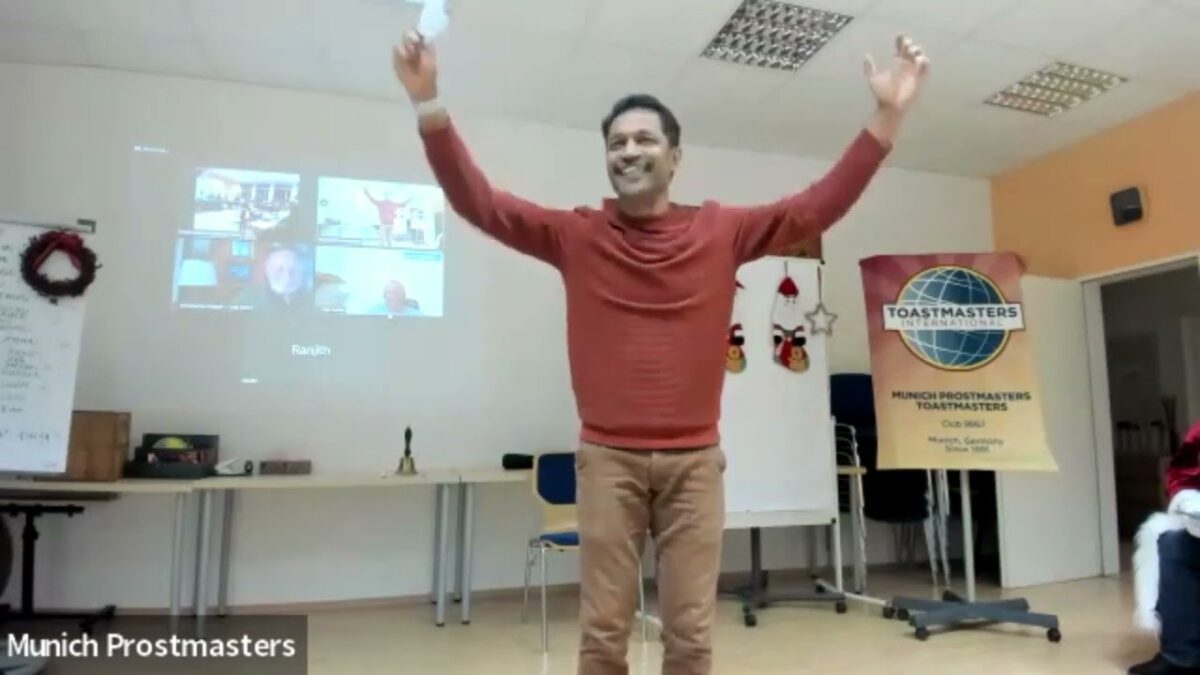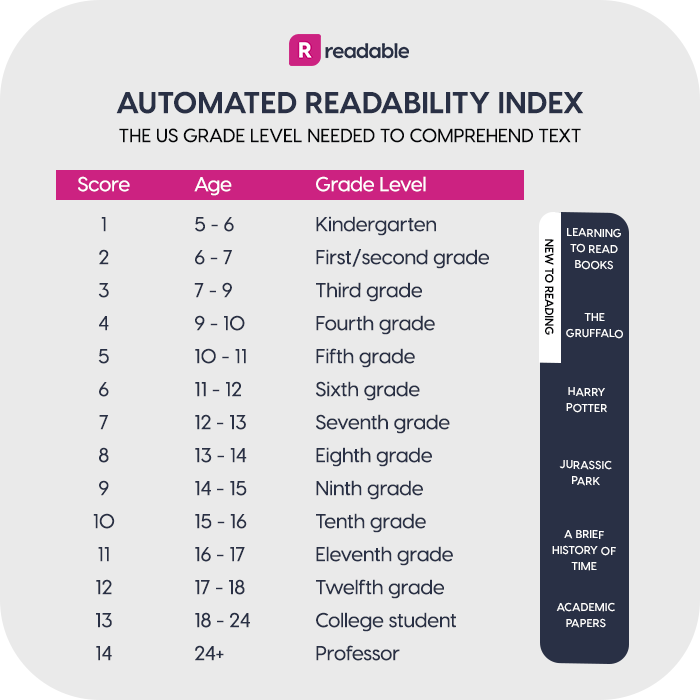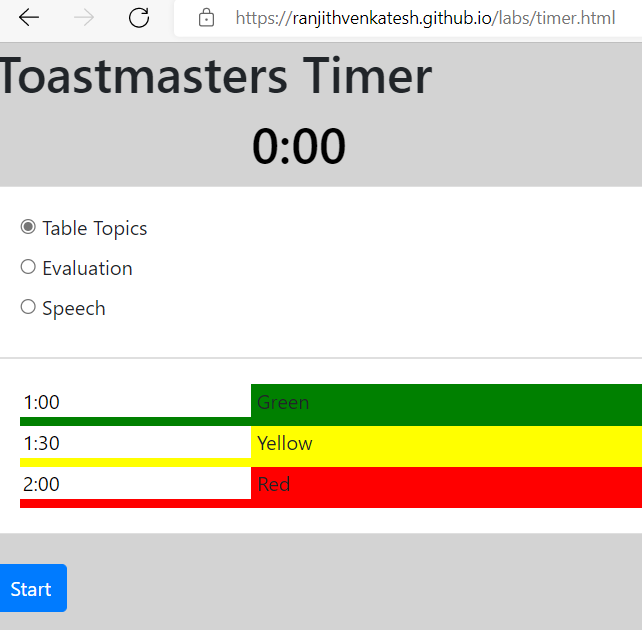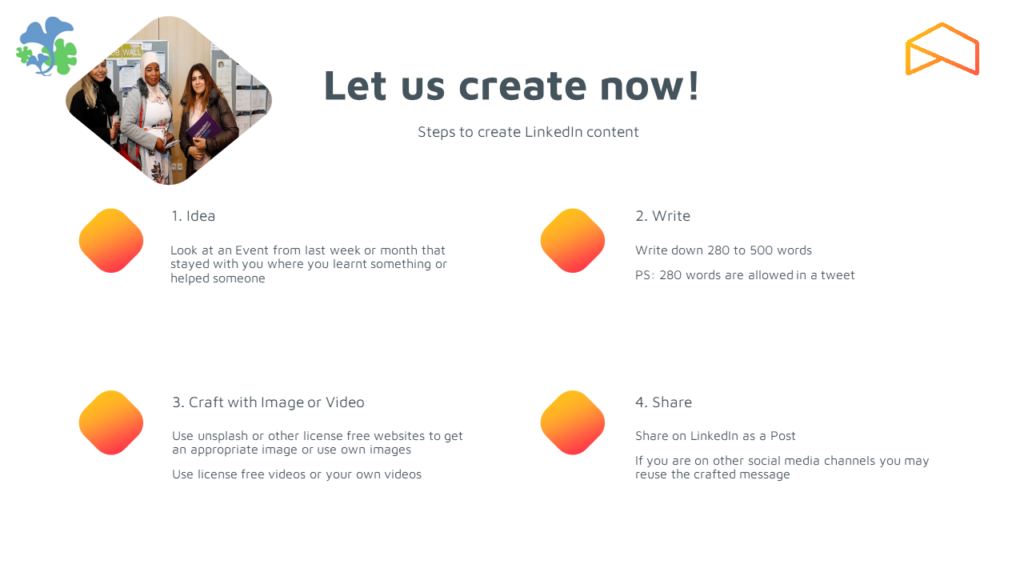Your cart is currently empty!
Category: Scribbles
-
Sky lantern

This New Year, I let a Sky lantern fly next to the sandy beaches of Goa to the sound of fireworks.
A Sky lantern requires a few steps before it can fly.
- You need to fix the burning camphor like substance to the base of the lamp.
- One guy in front of me broke the burning disc and had to start again with another disc
- You need to open up the lamp on all four sides so that the fire does not get to the sides of the lamp.
- Another guy did not open the sides and they burnt the sides and he had to start again
- You need to wait for the warm air to build up in the lamp
- Another impatient guy could not wait for 2 minutes and let it fly only to have the lamp come down crashing and he had to start again
I watched all these guys and thought I had learnt all the ways to fail and managed to get that lamp ready!
But my lamp would not rise up.
A friend walked up to me and told me to give it a nudge upwards and let it fly.
I did just that and there the Sky lantern raised up and started flying.
Sometimes we are like Sky lanterns.
There are so many things that need to be right for us to fly.
But when all the conditions are right, you might need that little nudge to get flying.
Do you need a nudge to kick start your speaking journey and be a Sky lantern?
Let me help you shine as a speaker in 2024!
Give me a call or contact me for individual and team coaching.
- You need to fix the burning camphor like substance to the base of the lamp.
-

5 years to learn Motivational Strategies
It took me 5 years from 2018 till 2023 to complete my Toastmasters learning path on “Motivational Strategies”.
I reflected on this path this week in my club and I shared my Personal and Toastmasters achievements in this time period.
The two personal achievements I shared were getting my blue belt in Brazilian Ju-Jitsu (2023) and running 5K with the Couch to 5K (2023) program.
The Toastmasters achievement I shared was winning the International Speech Contest in English at the district level in 2022 (District 95 – Germany, Norway, Sweden and Denmark).
I needed motivation at different points during these 5 years. I got it from my daughter, BJJ coaches (Laurien and Alex), BJJ sparring partners (Basti, Dimi, Norbert and others) and Toastmasters members.
Motivation is not an easy thing to have.
- One needs strategies to have it.
Motivation is not an easy thing to keep.
- One needs strategies to keep it.
Listen me out for around 12 minutes to hear what motivated me and what kept me motivated 🙂
Links:
TLA – Deine Kampfsport und Yoga Schule im Münchner Norden (team-laurien-alex.de)
Get running with Couch to 5K – NHS (www.nhs.uk)
(1) Motivational Strategies | Reflection on Path – YouTube
Toastmasters International -Pathways Motivational Strategies Path
-
Let the mouse(speech topic) come to you!

We have had a cat for 5 years. Her name is Coco. She is a hunter. She brings in mice to the house.
She sometimes eats them
She sometimes plays with them
She sometimes forgets about them
The mice that get forgotten are the ones that surprise you from behind the refrigerator
They sometimes make noises from the pantry. Our pantry is strategically planned so that there are only canned cat food and closed bottles in the ground level cupboard (But surely mice can climb, can’t they?)
My wife is brave and catches the mice when she sees them with her bare hands (with gloves) and lets them out of harm’s (our cat) way outside the house.
I heard a friend recently talk about mouse traps and how she saw another friend use them in the living room and it going CLAP!
I thought mouse traps only worked in cartoons! (Like Tom & Jerry – and even there Jerry never gets caught)
But I saw a mouse trap in a DIY store and thought, why not? Let us give it a try.
I did.
We set it up with chocolate and the chocolate melted
We set it up with a piece of cheese and CLAP!
A mouse was caught! (I was going to post the picture with the mouse in the mousetrap but I realised I did not have the GDPR signed document to do so)
My wife happily carried the mouse out of harm’s (our cat) way.
This time,
- we did not have to corner the mouse
- we did not have to keep the cat away
- we did not have to run around the mouse
The mouse came into the trap.
Sometimes we run behind problems.
What if we let the problem come to us by laying a trap.
We then safely move the problem out of our way.
PS: How is this related to speech making? I was thinking of the same thing!
Sometimes we run behind speech topics
What if we let the speech topics come to us by keeping an open mind
We then can filter out the good speech topics and start building on them
-
Jump or remove obstacles

I was walking to my daughter’s school today. After the thunderstorm yesterday evening there were a lot of branches that had fallen from the trees.
I saw a lot of kids in their bicycles crossing the branches bravely.
- Some went around the branches
- Some went inbetween the branches
- Some went over the branches
But one kid crossed the branch and stopped. He went back and removed the branch from the pathway. I was impressed.
We are busy in our day to day routines.
How many obstacles do we keep crossing?
How much of our daily routines is crossing obstacles?
How often do we stop and remove the obstacle?
Not just for us, when we cross it again but also for others who use the same path.
Can we set aside some time to remove obstacles and not just jump them?
-
Couch to 5K

I started running end of last year 2022 as I realised that my fitness levels in practicing Brazilian Jujitsu could be improved.
The program from the NHS (The National Health Service (NHS) are the publicly funded healthcare systems of the United Kingdom (UK)) fit my needs perfectly. 9 weeks to take me from the couch to running 30 minutes or 5K without a break.
My daughter, her friend and mom joined the journey in the beginning. But after Week 1 Run 3 they dropped out. I stuck with it.
I noticed how well the program was setup. Starting in November, I should have been done by January. However Christmas and New Year’s came in. My regular runs reduced but the format was simple to follow. Each week had 3 runs and you had to finish them before you moved it. I could pick up from where I had left and continue.
After Week 5, I noticed something that happened in my Jujitsu practice. I was no longer tired or running out of breath towards the latter part of the training. The cross training efforts were paying off.
Once I crossed the mental barrier of 10 minutes, it became easier to keep on running.
I also noticed that stitches while running which were present started to disappear after Week 6. It is amazing to experience the journey of running from the Couch to 5K as it happens.
I started enjoying running. I have never run during vacation. I was in Denmark two weeks earlier and I did my run 1 and 2 of Week 9 in Denmark. I saw the vacation place with different eyes.
I finished my Week 9 yesterday in home ground and I had a big smile on my face. I got some cake to celebrate.
Thank you to the NHS for creating such an amazing program that takes you on a journey that works.
Now I am going to try and replicate this journey on “Learning and Development programs” and “Agile training for teams”!
Should I call it “Couch to Agile mindset!”
PS: I used Instagram to document my journey and it was fun. I unconsciously was using the “V” symbol for victory every time I completed a run. Celebrating small wins goes a long way.
Link to the program:
-
What is in it for me?

Amazon.de: Amazon Prime What is in it for me?
When I listen to a speech, I ask myself “What is in it for me?”
If I can answer the question when the speech starts, I stay to listen for more.
If I can answer the question half way through the speech, I stay till the end.
If I can answer the question after I have listened to the speech, I remember the speech.
On a different note, I wanted more memory for my photos on my mobile phone.
- My Google Account was running out of space and wanted me to pay 2 Eur per month for 100 GB.
- My Microsoft Account was running out of space and wanted me to pay 2 Eur per month for 100 GB.
However my Amazon account which already gave me free delivery on goods, Prime video and Prime music threw an extra value added service.
Members of Amazon Prime now have unlimited, full-resolution storage of photos.
Is this a value added service or a way to keep customers for good?
Anyway, “What is in it for me?” was answered by Amazon is an amazing way. I took the offer.
Are you amazing your listeners with “What is in it for them?”
-

Readability

Reference: Readability for technical writers – Readable, free readability test Gunning Fog, Coleman Liau and Flesch–Kincaid are three names which are connected to readability levels of a piece of text.
I have always been interested to know how readable my speeches were and used to run them on platforms like Readable.
I then tweaked my speech to make it more readable. That’s right. READABLE.
At some point you realise, speeches are rarely read – they are listened to.
Is there a listenability level? I have not come across one yet. I think speeches are subjectively evaluated by an audience.
Here is my mini tool to help you with the readability of your text that you write to be read. Make no mistake, each Readability level has its own limitations but gives you a rough idea of how readable your text is for different levels of the target reader.
-
Toastmasters Timer
Timer for Toastmasters Speeches, Evaluations and Table Topics





Click here for the Toastmasters Timer
This is the first version of the Toastmasters Timer. Stay tuned on the above page for newer versions.
Thank you to Toastmaster Caleb Grove for his Toastmasters Timer. It helped me a lot with practicing for Table Topics, Evaluation and Speeches. Here is his Timer: Speech Timer for Toastmasters (calebgrove.com)
-
1-2-3-4 Content

I had the opportunity to run a lunch talk for Amiga last month.
We spoke about a few things:
- Why LinkedIn?
- Did you know that 1 out of 8 professionals in Germany use LinkedIn?
- Why Career Advancement?
- Grow or become a linchpin (Check out Video on References)
- Kinds of LinkedIn Posts
- Focus on Image and Video based Posts (Check out posts using Images and Videos)
- Creating Content
- Idea–>Write–>Craft–>Share
How many of you have Ideas week in and week out but never take the time to put them down?
“Look at an Event from last week or month that stayed with you where you learnt something or helped someone”
Something of value to the reader can be created in even 280 words. Sit down and write atleast once a week
“Write down 280 to 500 words
PS: 280 words are allowed in a tweet”
Crafting a message with an image or video gets the attention of the reader who has multiple information sources
“Use unsplash or other license free websites to get an appropriate image or use own images
Use license free videos or your own videos”
Sharing the content of multiple platforms or atleast the platforms that your clients are active in is a good practice
“Share on LinkedIn as a Post
If you are on other social media channels you may reuse the crafted message”
References:
- Welcome, LinkedIn creators
- Linchpin
- EVENTS – amiga (I can recommend these Events for International professionals in Munich looking for opportunities)
- Ranjith @ LinkedIn (Example posts using Images and Video)
- Why LinkedIn?

